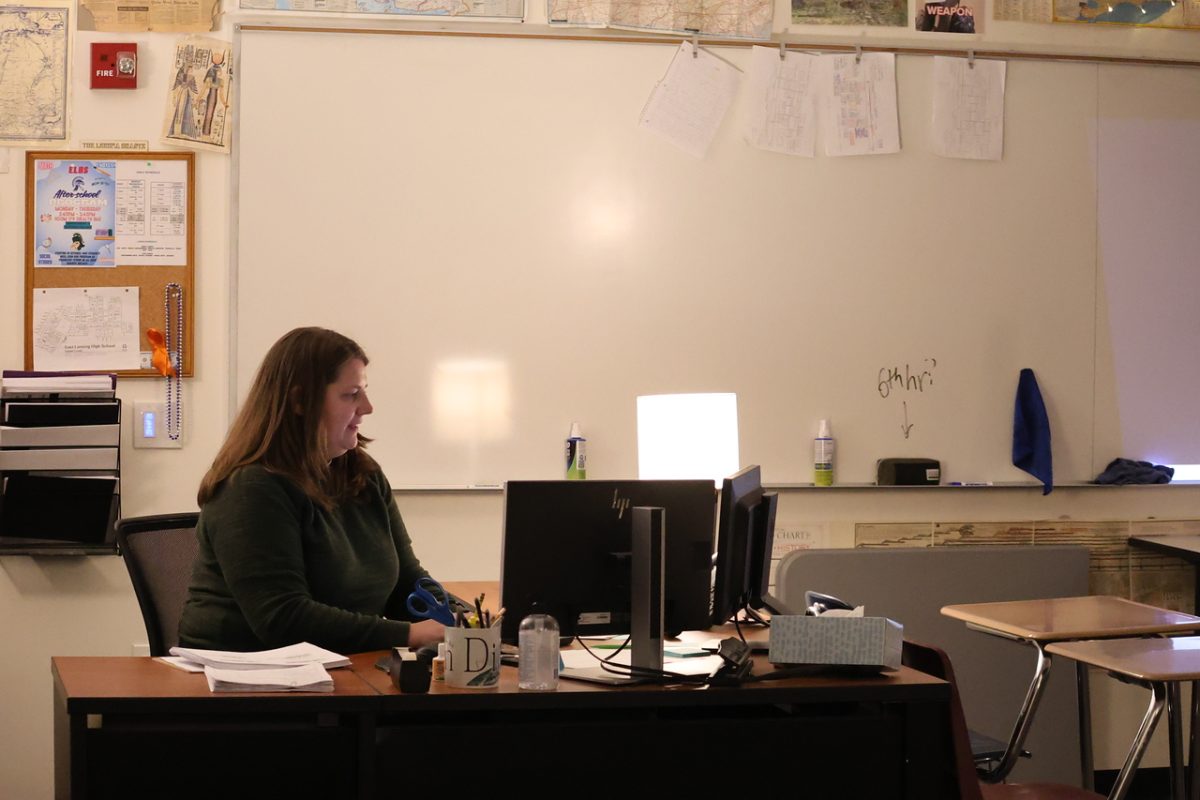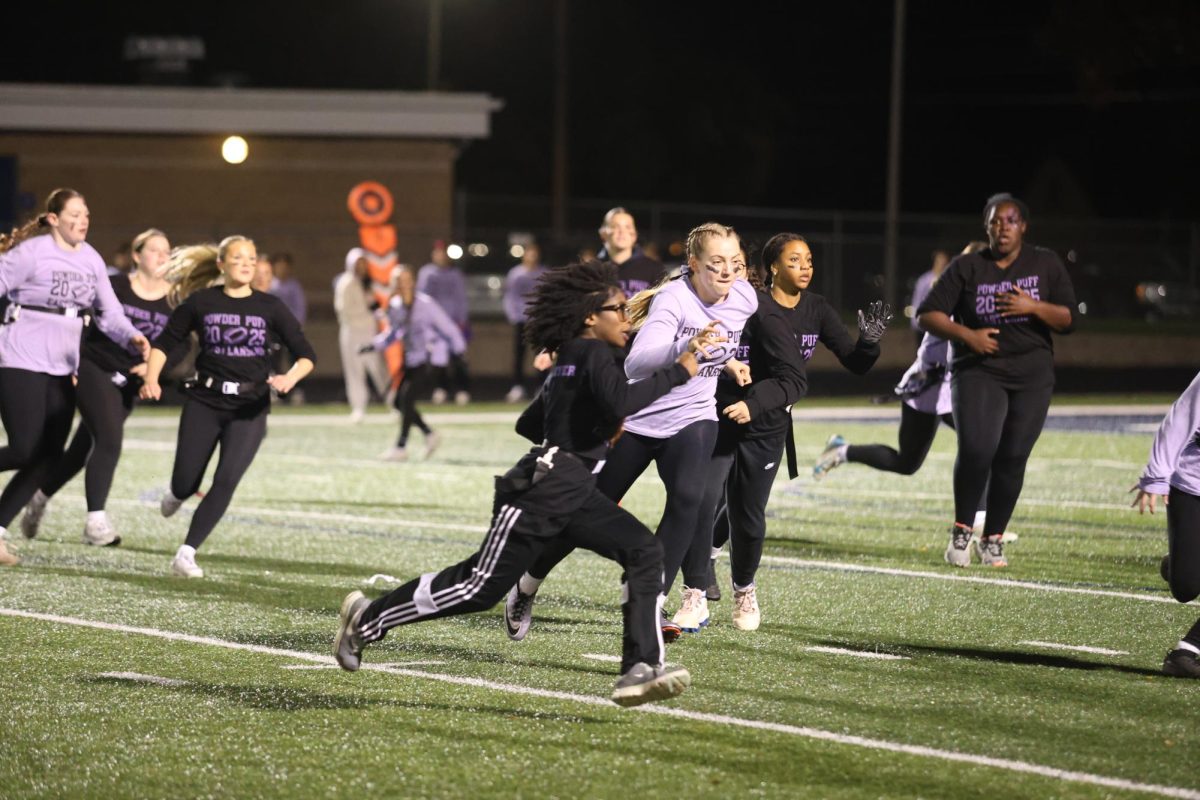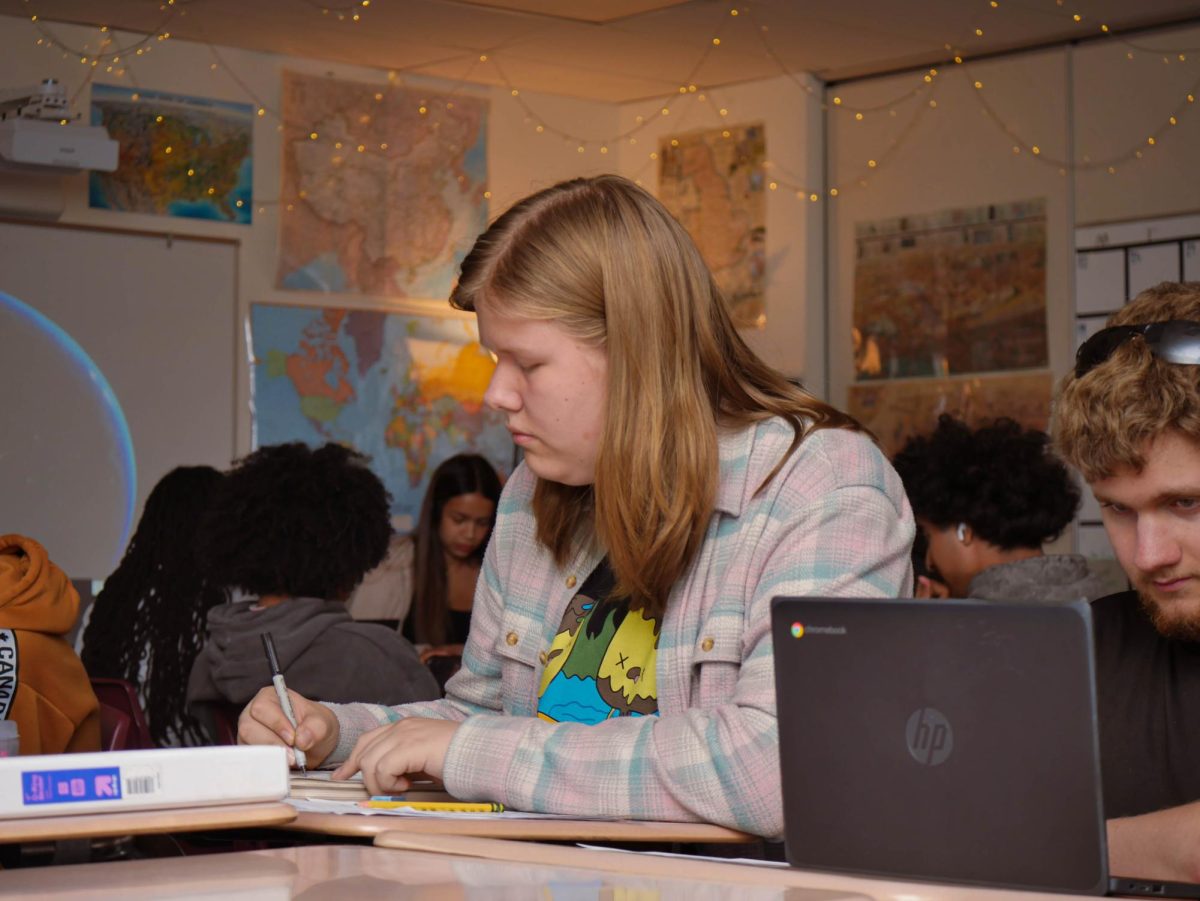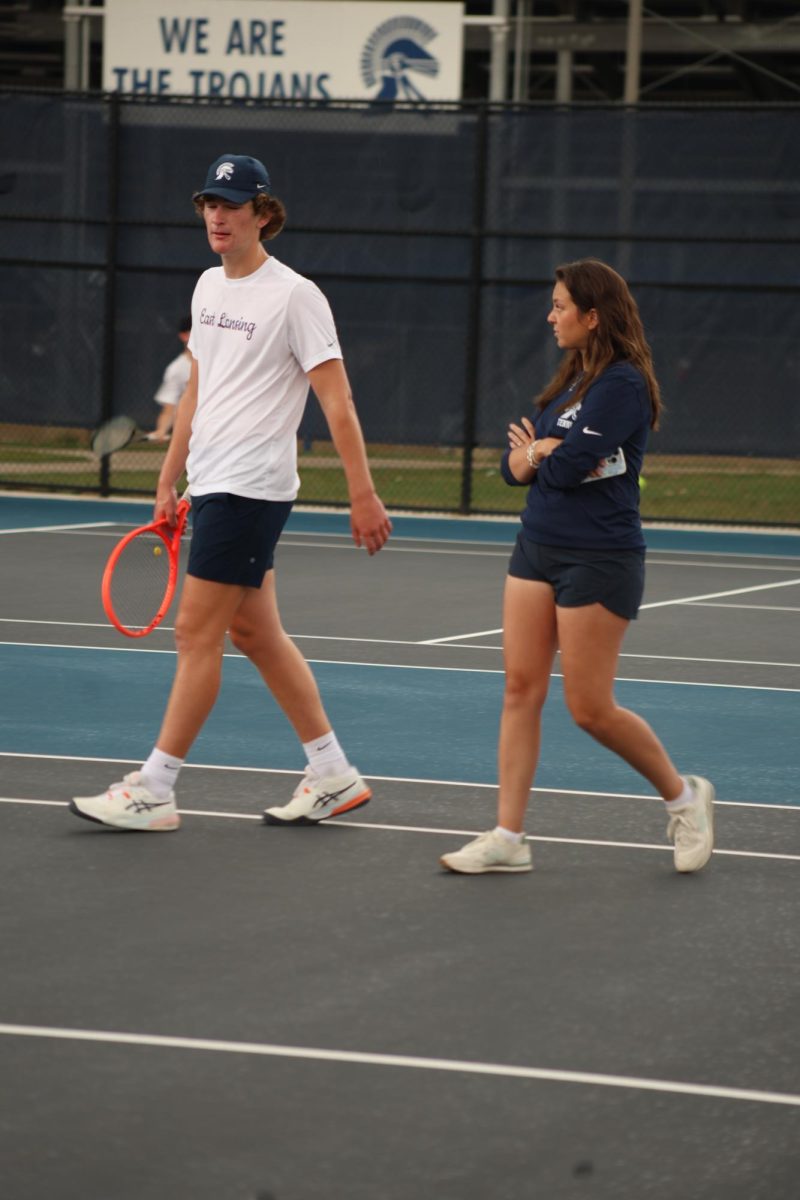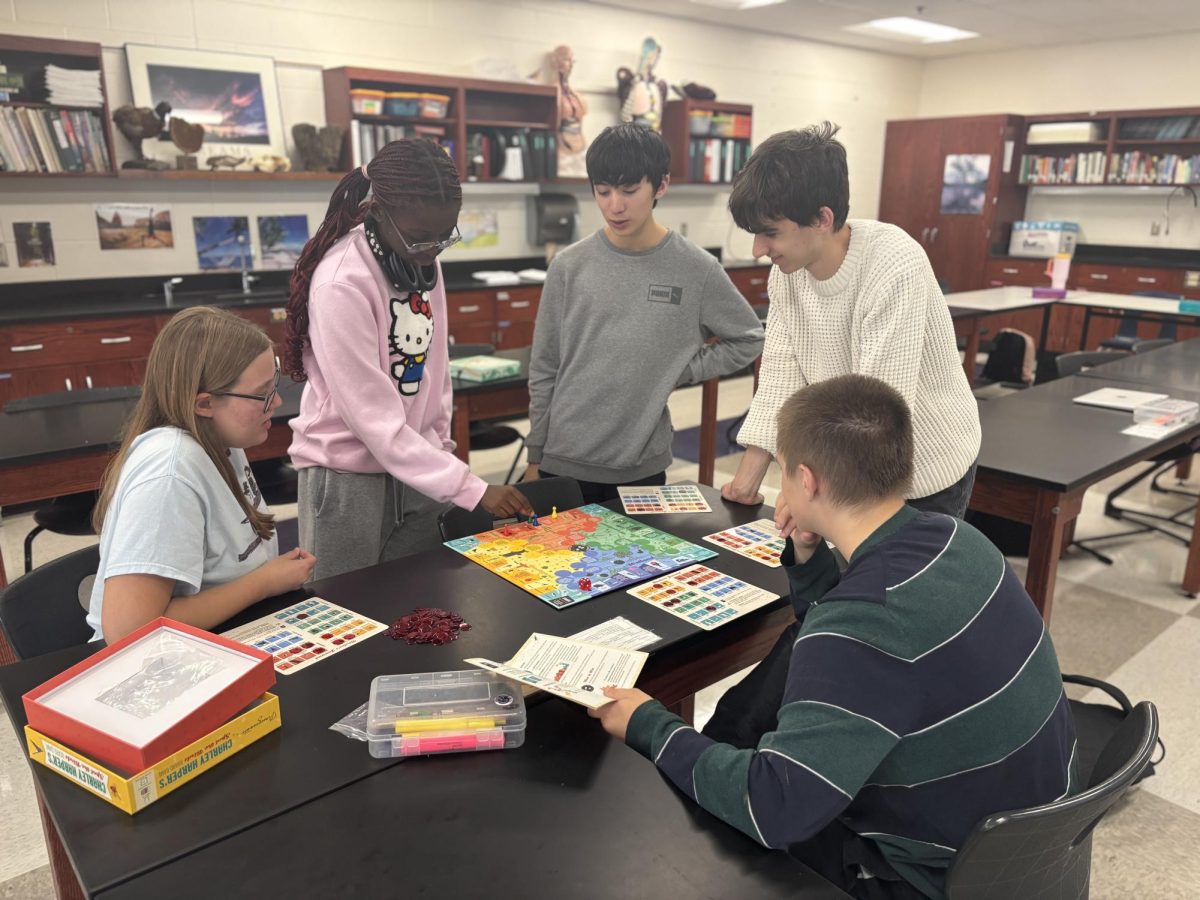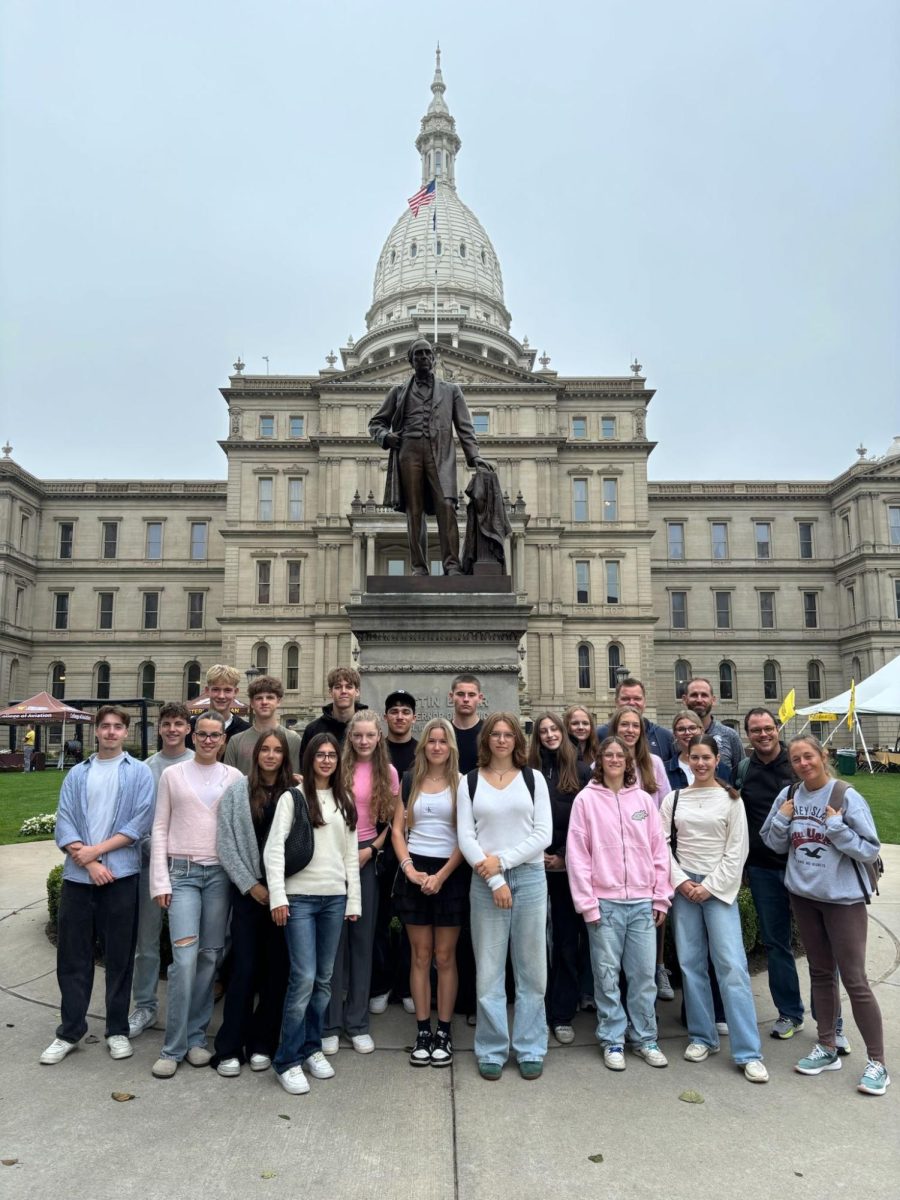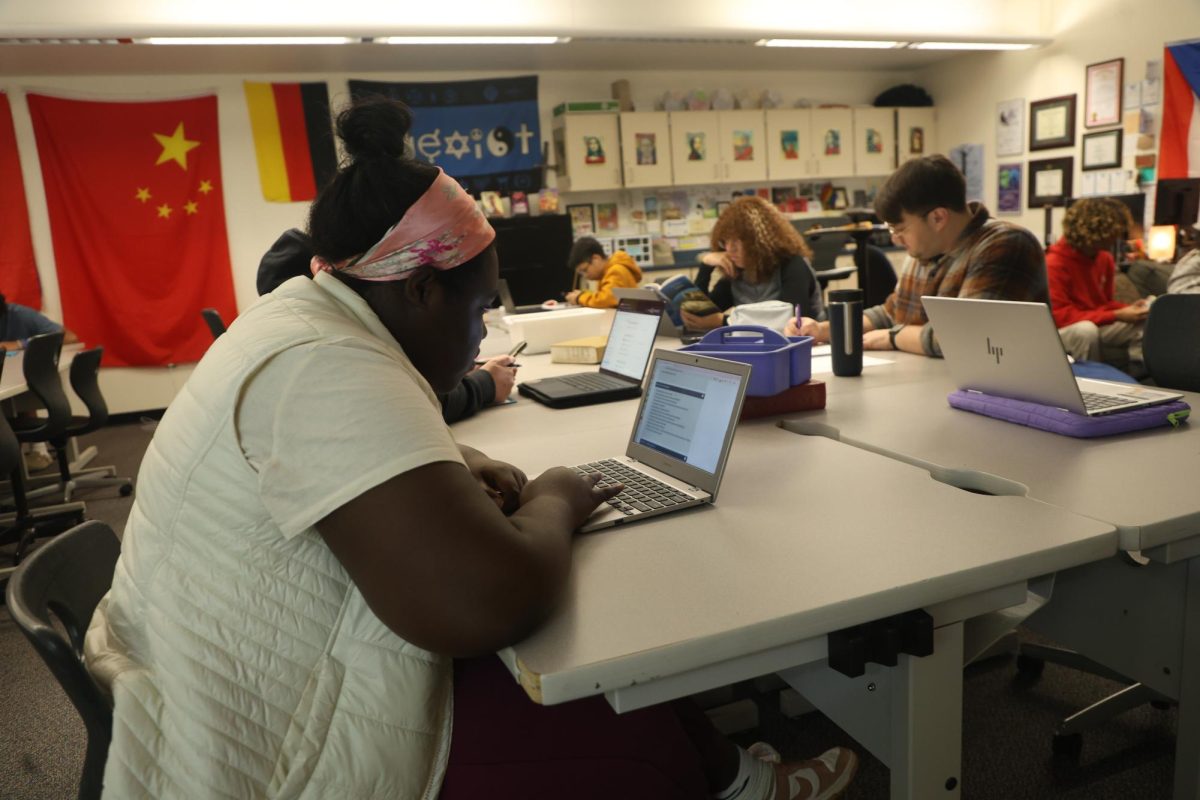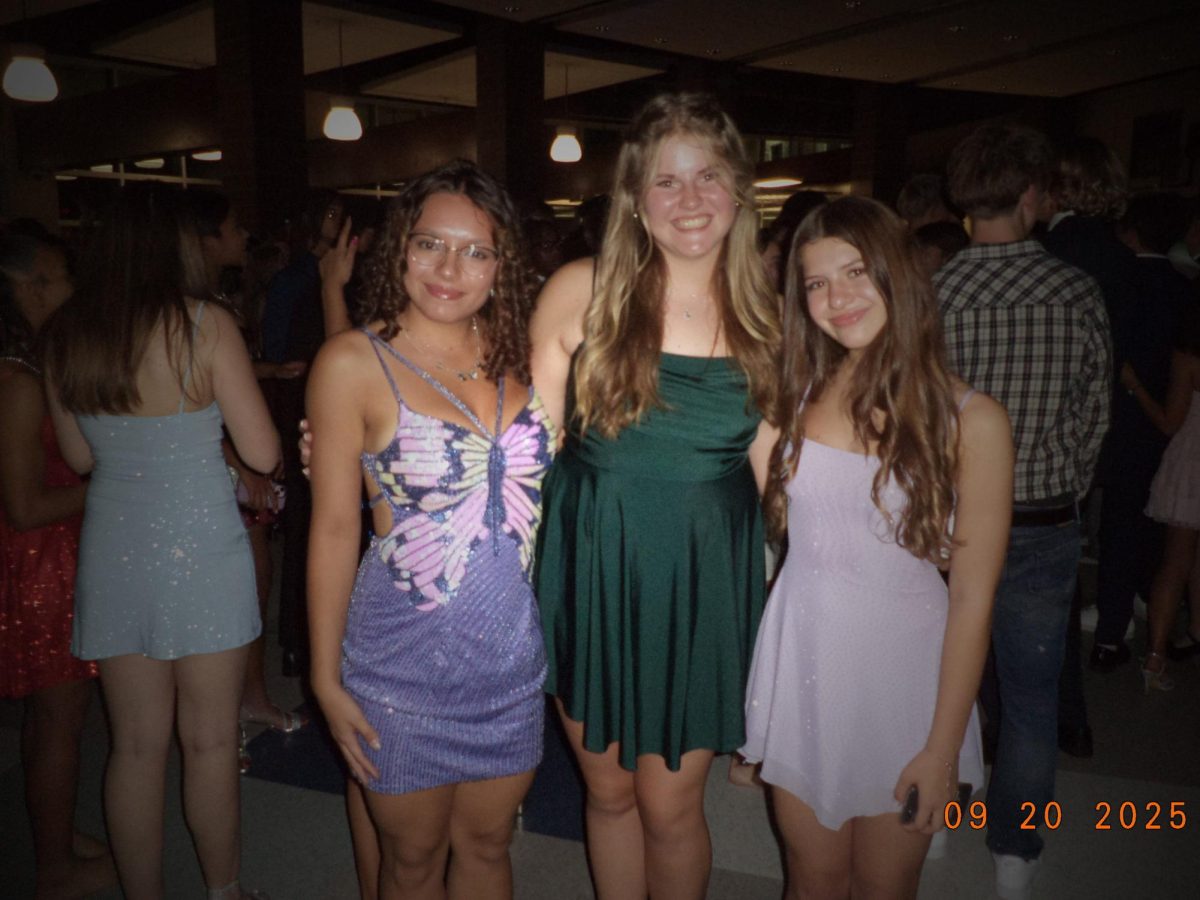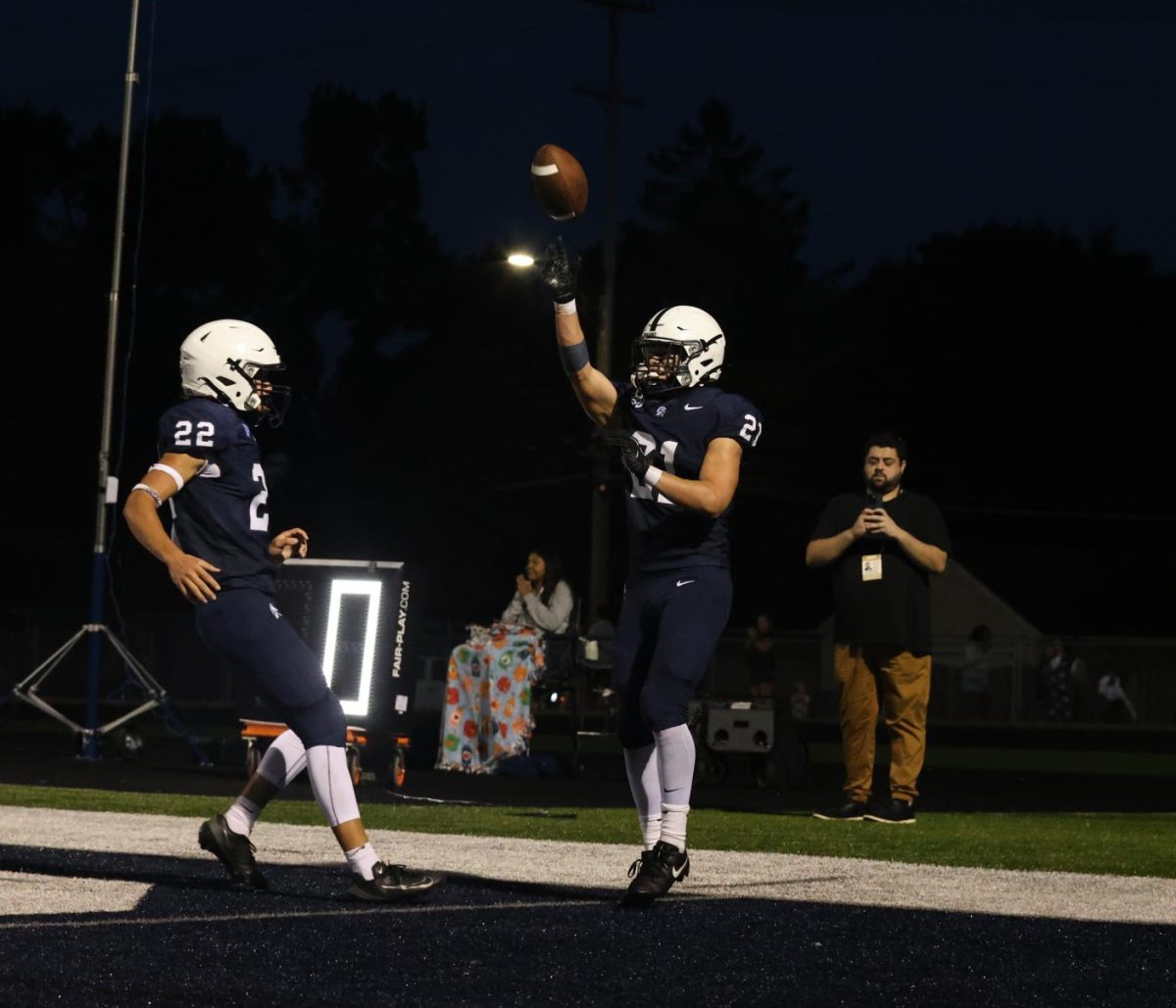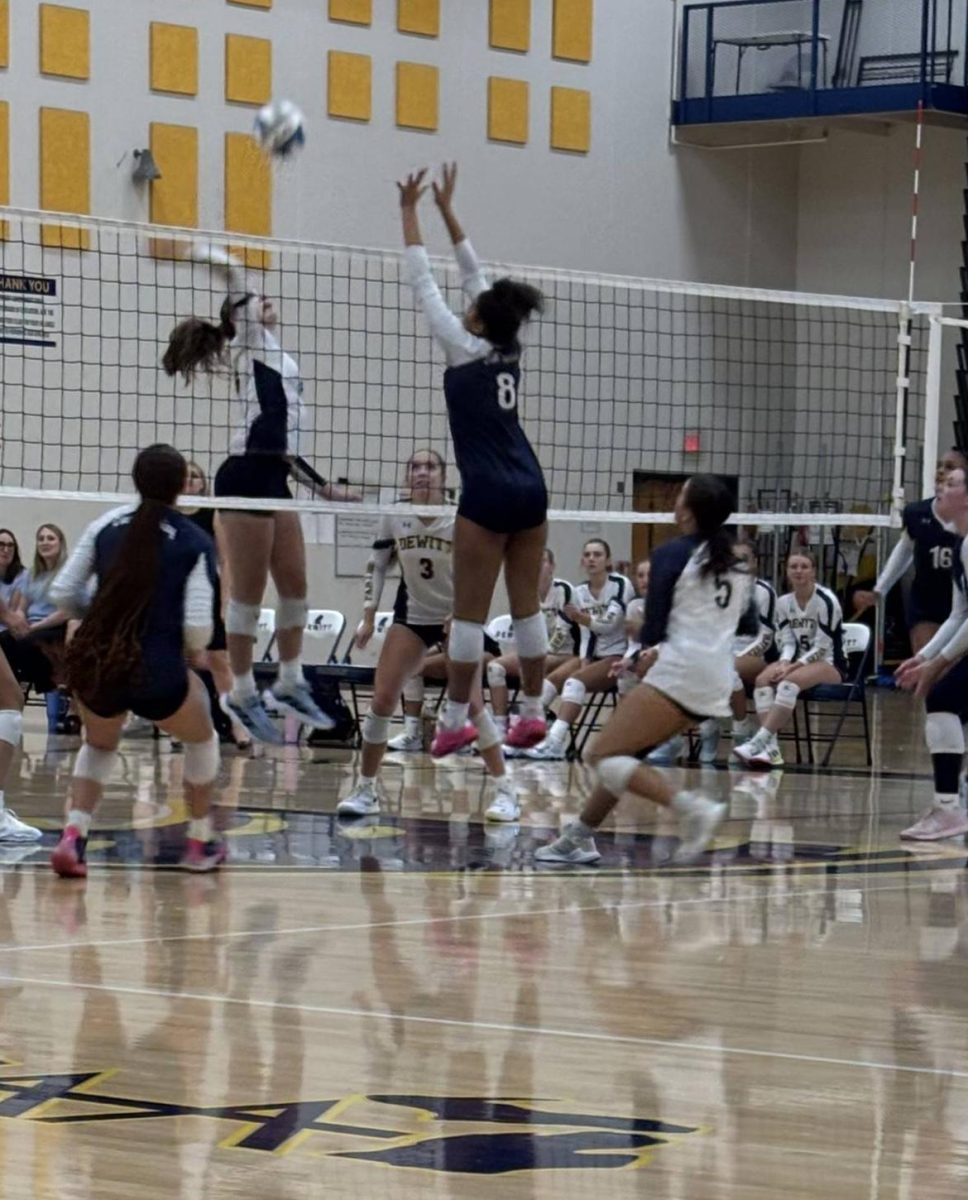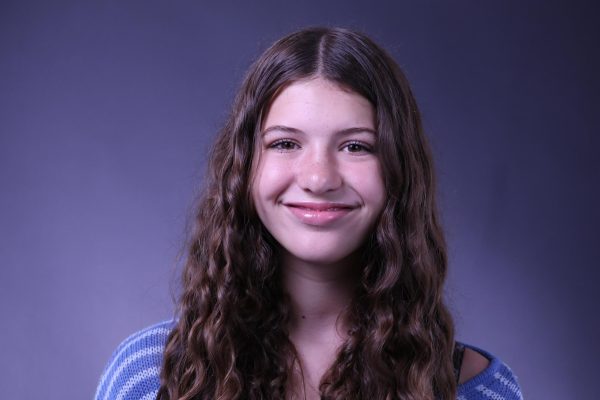East Lansing High School and MacDonald Middle School’s new approach to parent-teacher conferences is drawing mixed reactions amongst staff and parents. Instead of the traditional style, where conferences are held a few times a year in the classroom, EL is transitioning to a more flexible system.
According to Assistant Principal Jeffery Lampi, teachers have eight hours during the first semester and six and a half hours during the next semester to conduct their conferences. These are conducted virtually, by phone, or in person. An email was sent at the beginning of the 2025-26 school year to institute the new structure.
While the flexibility is intended to make scheduling easier for both families and teachers, the change has created uncertainty for some. Without set dates and times, many parents are unsure how to initiate a conference. Some families may miss important updates entirely.
“I don’t think there’s been enough communication,” said Karin Polischuk, mother of Veronica Polischuk (10). “I am disappointed that there is not an in-person option; I prefer seeing the teachers face-to-face.”
As parents adjust, students are also noticing the impacts, particularly in how information is being shared in the classroom.
“In theory, this idea is well thought out,” said Nelly Flynn (10). “But my teachers have not advertised parent-teacher conferences very well this year.”
As for teachers, the new freedom is making life a lot easier. Before the new structure was implemented, teachers were expected to sit through long, grueling days and finish all of their conferences in a few sittings. For staff members like AP World teacher Elisha Shantz, it feels like an upgrade.
“For the most part, it’s an improvement,” Shantz said. “It means more flexibility for us, and if a parent has something that they actually want to talk to you about, then we can have the time to actually do that.”
As East Lansing schools adjust to the new format, the balance continues to take shape. Teachers are finding the flexibility helpful, while some families miss the structure of traditional meetings. However, the change represents an effort from the district to maintain better communication. “This is a way to talk in depth about your kids,” Shantz said.



